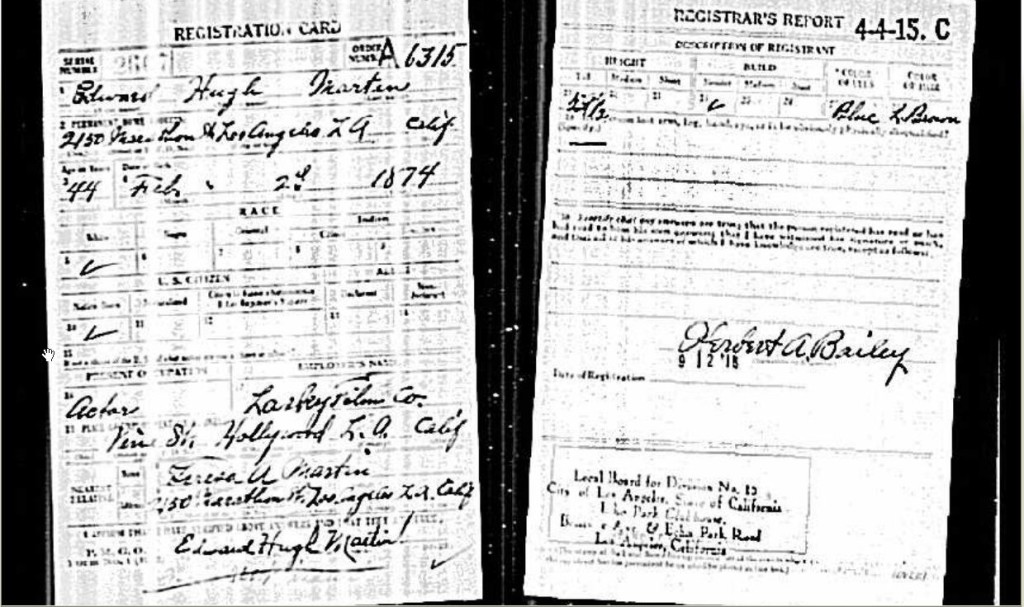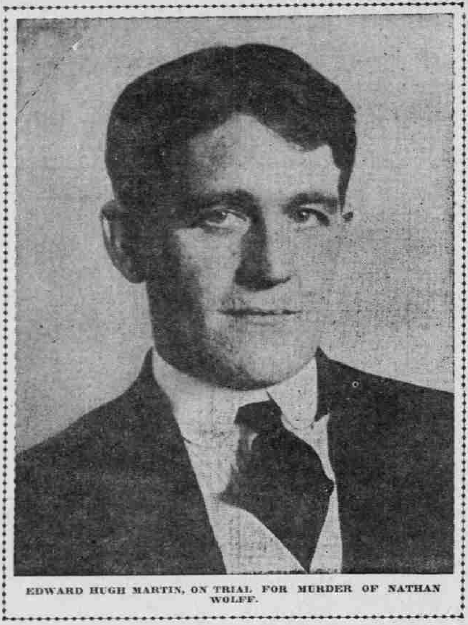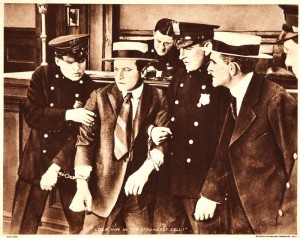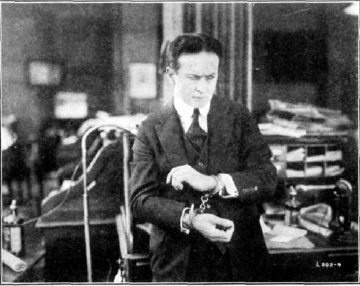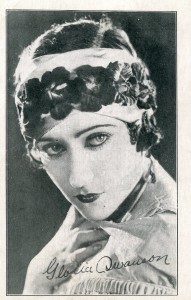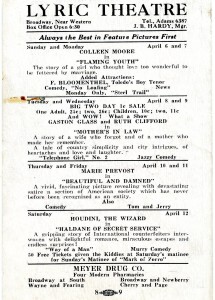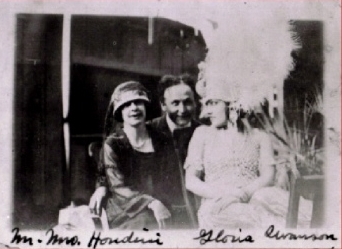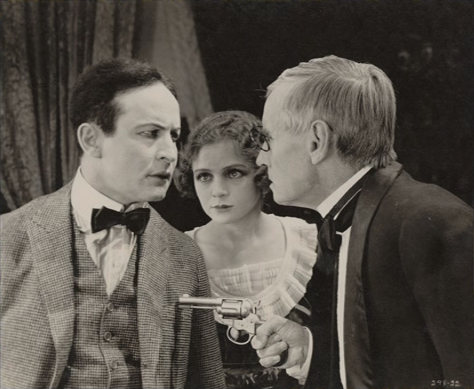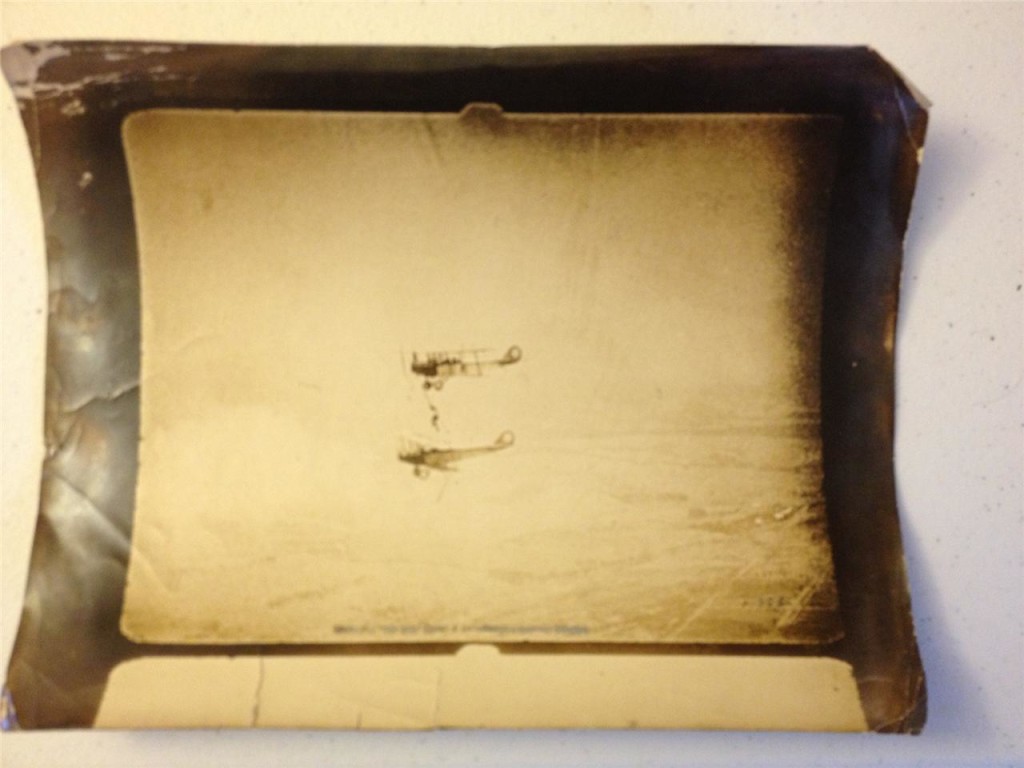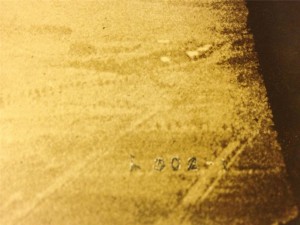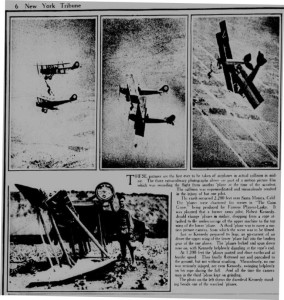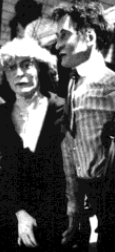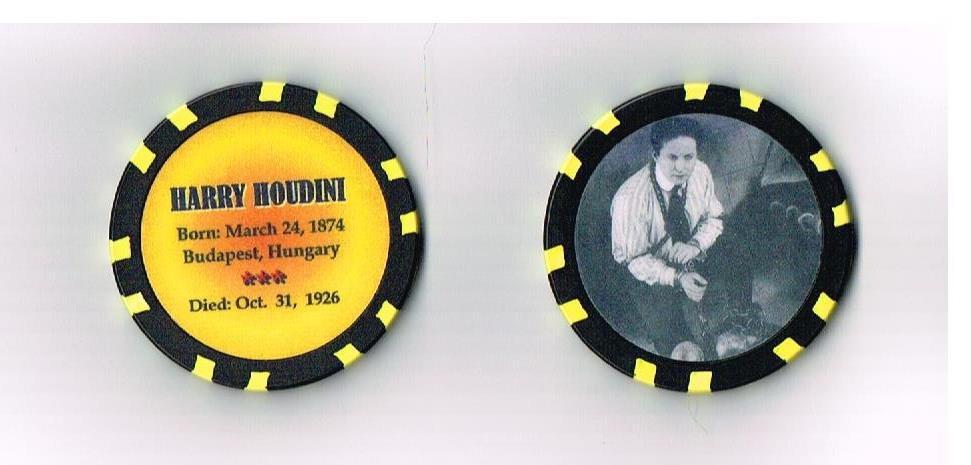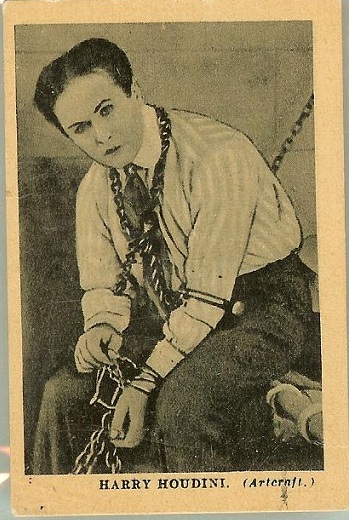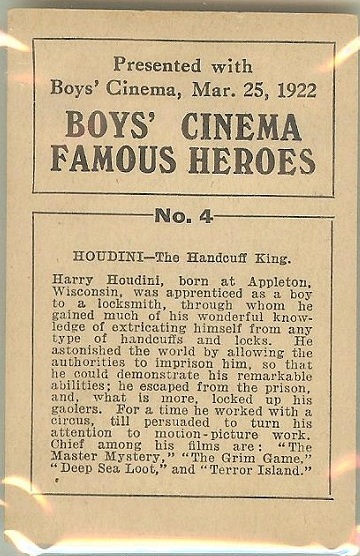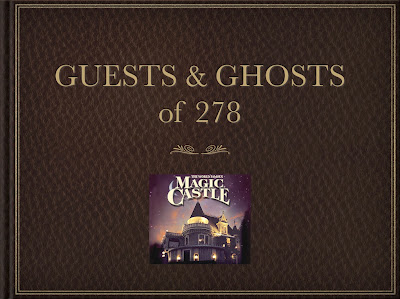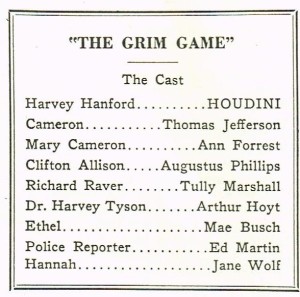 As a result of last week’s blog, In search of the Police Reporter, I received an answer as to why one thinks that the actor Ed Martin from the Grim Game is none other than West Point’s own Edward H. Martin, USMA 1898:
As a result of last week’s blog, In search of the Police Reporter, I received an answer as to why one thinks that the actor Ed Martin from the Grim Game is none other than West Point’s own Edward H. Martin, USMA 1898:
I think “Ed Martin” is West Point’s own Edward H. Martin, USMA 1898 for two reasons:
1) Years ago the USMA Library was fortunate enough to have a collection of files about graduates from the nineteenth and early twentieth cents. that had been compiled by the USMA Association of Graduates (we still have them but they are in remote storage right now)- I looked in the file for EHM and found a card that stated that EHM late in life had become a movie actor, but did not offer much more than that (sometimes “information cards” were submitted by graduates who had knowledge of the activities o fother grads)
2) I recently did a search in the Ancestry.com Library Edition database and found an image of a WWI draft registration card filled out by someone named Edward H. Martin that gave his date of birth as July 2, 1874,his occupation as actor, and his employer as the “Lasky Film Co.”
[Paul Nergelovic, Reference Librarian, United States Military Academy Library]
I then asked Paul, if it would be possible to get an image of the WWI draft registration card:
Not only did Paul send me the WWI draft registration card image above, he also sent me links to some Oregon newspapers (scanned by University of Oregon] that have photos of Edward H. Martin.
A photo of Edward H. Martin from 1908:
http://oregonnews.uoregon.edu/lccn/sn83025138/1908-10-08/ed-1/seq-12.pdf
A sketch, same year:
http://oregonnews.uoregon.edu/lccn/sn83025138/1908-05-06/ed-1/seq-1.pdf
If I compare the photos from 1908 with the 1919 stills from the Grim Game, the reporter on the right with the straw hat in the still below could be our man.
Last but not least, Paul also got the Special Collections and Archives Division to kindly pull the file on Edward H. Martin from remote storage. It actually contained a carbon copy of a letter dated January 25th, 1936 from J.S. Murphy, Chief Clerk of the Oregon State Penitentiary to Mr. Quincy Scott, (of the)The Oregonian, Portland, OR. about the activities of Edward H. Martin after his release from the penitentiary; here is an extract of relevant content:
“…in March 1916, he went to work for the Thanhouser Film Corporation. He remained there until October, 1916, when he moved to Los Angeles, Cal. His address there being 827 Green Ave. He was still working for the Thanhouser Film Corporation. On November 13, 1916, he went to work for the Jesse L.Lasky Feature Play Co. …”
Based on all the evidence above, I think it is safe to say that the police reporter from The Grim Game is West Point’s own Edward H. Martin.
Special Thank You to Paul Nergelovic, Reference Librarian, United States Military Academy Library

